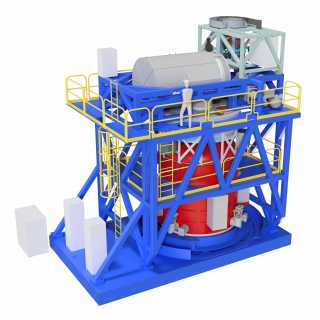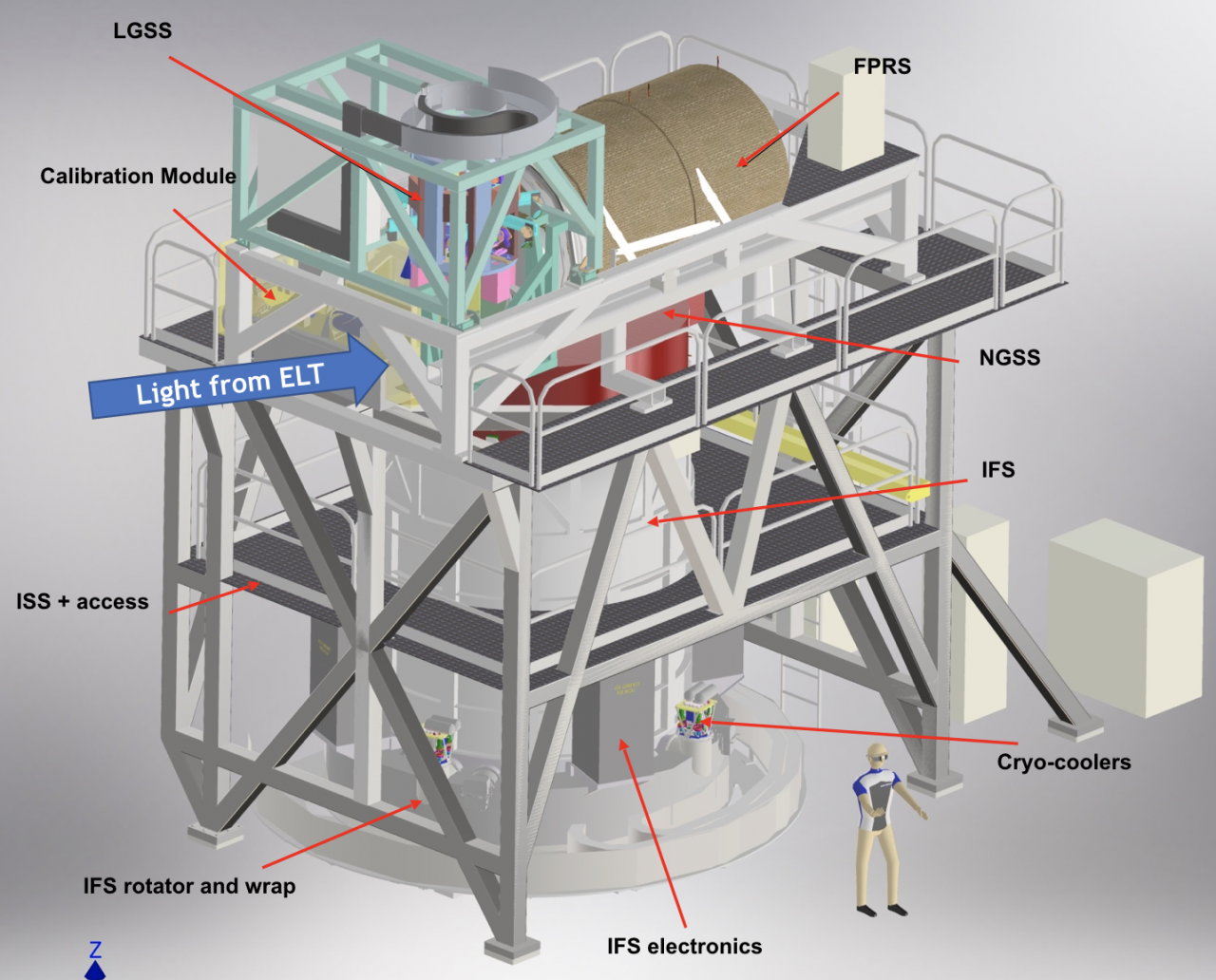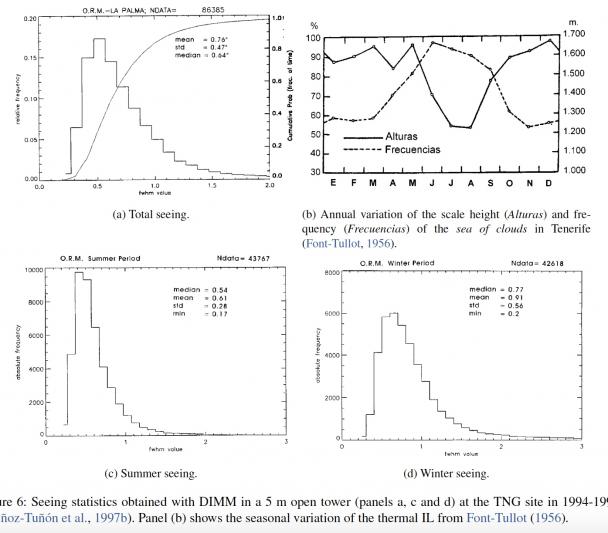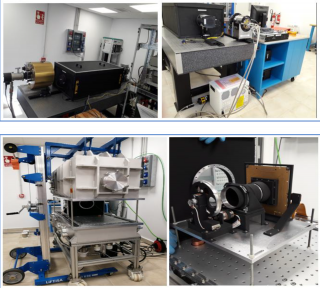General
HARMONI is a first light optical / infrared spectrograph of integral field and high spatial resolution for ELT. Its design and construction is carried out by an international consortium in which the IAC participates together with the University of Oxford, ATC-Edinburgh, Durham University, CRAL-Lyon, LAM-Marseille, CSIC-CAB-Madrid, and the University of Michigan. Participation in HARMONI guarantees observing time on the ELT from the time it enters in operations, a unique scientific opportunity for IAC researchers, including technological and scientific developments, specifically:
(1) The design, fabrication and verification of the pre-optics (IPO), a subsystem that operates under high vacuum and cryogenic conditions.
(2) Coordination in the architecture and development of the instrument control electronics (ICE), including the adaptive optics systems (SCAO and LTAO).
(3) Participation in the definition and development of the scientific cases for the scientific exploitation of HARMONI.
The project is currently in the final design phase (Phase C, January 2018 - May 2022), consolidating a detailed manufacturable design, in which the technological aspects identified as risky are resolved through functional prototypes.
Once the different subsystems that make up HARMONI have a detailed design reviewed and approved by ESO, they will move to the manufacturing phase (Phase-D1). For the IPO, Phase D-1 is scheduled to begin in the fall of 2021.
Members







